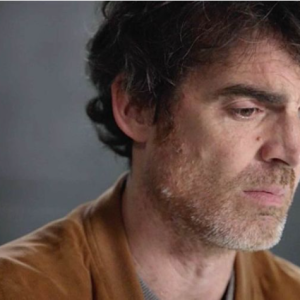**“Renacer” y “Una nueva vida” despiden enero como las series internacionales más vistas**
This spoiler-heavy summary delves into the emotional core of “Una nueva vida,” explaining its popularity and resonance with viewers. The film charts a journey of profound transformation and unexpected connection, focusing on the protagonist’s struggle to rebuild their life after a catastrophic event that leaves them scarred both physically and emotionally. While details of the specific catastrophe remain vague to avoid direct plot revelation, the aftermath is explored in depth.
The film opens with our protagonist grappling with the overwhelming sense of loss and displacement. They are forced to confront not only the physical limitations imposed by their injuries but also the deep psychological wounds that threaten to consume them. The initial stages are depicted with a raw honesty that highlights the character’s vulnerability and resilience in equal measure. We see their struggle with self-doubt, feelings of isolation, and the overwhelming task of navigating a world that feels irrevocably changed.
A crucial element of the narrative centers on the unexpected encounter with a supportive community. This encounter, which unfolds gradually, allows the protagonist to slowly rebuild their sense of belonging and hope. These new relationships are not simply platonic; they become vital to the protagonist’s healing process. The film subtly explores the nuances of complex human relationships, showcasing both the capacity for kindness and the potential for betrayal. The protagonist’s journey is not linear. There are setbacks and moments of despair, highlighting the complexities of emotional recovery.
The film effectively uses visual storytelling to convey the protagonist’s internal struggles. The setting plays a significant role in mirroring the character’s emotional state, transitioning from bleakness and isolation to gradually increasing warmth and color as they begin to heal. The changing environment directly reflects the character’s evolving psychological landscape.
The climax of the film involves a confrontation with the past, a moment of reckoning that forces the protagonist to confront unresolved trauma and make critical decisions about their future. This pivotal scene is emotionally charged, showcasing both strength and vulnerability. The resolution isn’t a simplistic happy ending but rather a bittersweet acceptance of the past, coupled with a hopeful embrace of the future. The protagonist doesn’t erase their pain but instead finds a way to integrate it into a new sense of self, demonstrating growth and resilience in the face of adversity. The film subtly suggests a long road ahead, emphasizing the ongoing nature of personal healing and the importance of continuous self-discovery.
The ending offers a sense of closure while simultaneously acknowledging the enduring impact of the protagonist’s experience. It’s a testament to their strength and their capacity for connection, offering a message of hope and resilience that likely resonated deeply with viewers, explaining its high viewership numbers during January. The film leaves the audience with a lingering sense of optimism, highlighting the transformative power of human connection and the enduring possibility of finding “Una nueva vida” – a new life – even after experiencing profound loss and hardship.
